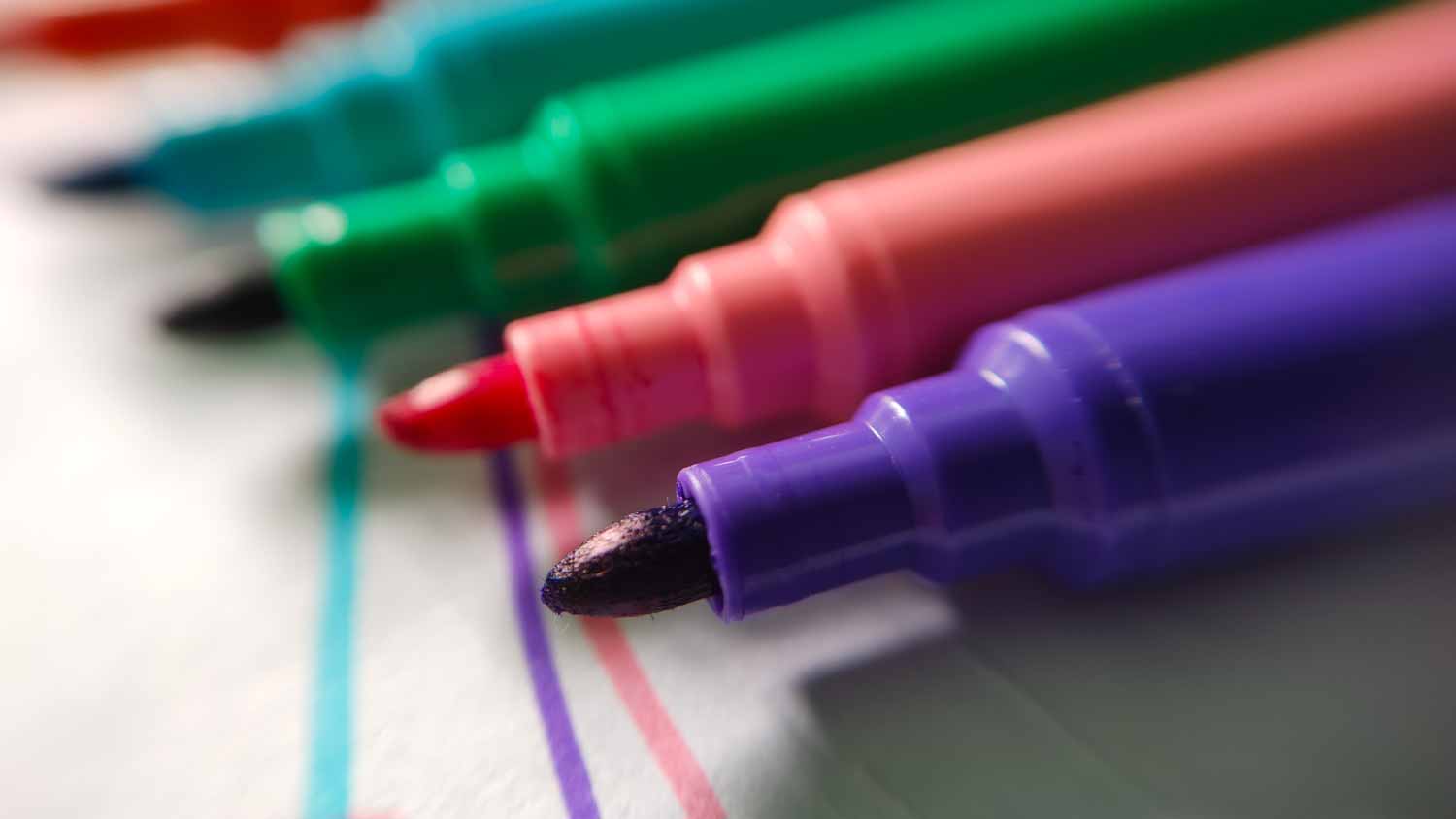
Wondering how much it costs to move your house to a new spot? Check out our helpful cost guide to learn how to budget for this major home project.
Grab a marker; we’re packing like pros


If there’s one thing every move has in common, it’s boxes, boxes, and more boxes. But there’s a secret to managing the chaos: Learning how to label boxes for moving. Our tips will show you the most efficient way to label your moving boxes so everything ends up in the right spot in your new home. These labels are invaluable for professional movers, friends, and family alike. Here’s what to keep in mind.
First things first: Make a list of all the essential items you need to keep with you during the first night in your new home, including toiletries, medications, a couple of changes of clothes, snacks for kids, and pet food. These are the things you’ll need while working to unpack everything else in your new destination. Dedicate your first few boxes to these essentials and mark them accordingly. It’s a good idea to store these boxes in your car (instead of the moving truck) and keep them close on the day of your move.

When making your moving supplies checklist, we highly suggest purchasing a pack of high-quality, permanent markers for a job this important. Use large-sized markers so that the box label will be easy to see from a distance. If possible, find waterproof versions, as these tend to last longer on any surface.
Labels are more optional. Some people love using labels on their moving boxes so there’s a clear spot for a description, and it makes them easier to reuse later on. You can purchase labels online, at office supply stores, or get them from your moving company. If you use old moving boxes, they may have previous labels or writing. Cover these up with new labels to avoid confusion.
To ensure each box is placed in the correct room of your new home, label the side of the moving boxes with the name of the room in large, clear letters.
Be sure to identify which room the box belongs to. You can write something like, “Bathroom — Kids” or “Bedroom – Main.” Again, use names that professional movers can understand so they can group them together and put them in the correct rooms. “Kyle’s Room” is not going to help a friend or mover put the box in the right spot.

Often, a room name isn’t quite enough. If necessary, add extra information below the room name to identify the box’s contents for further use. Simple explanations like, “Silverware” or “Desk supplies” are usually enough.
This is also the best time to mark boxes with a “Fragile” warning for certain fragile items. Anything in danger of breaking or cracking when handled roughly should get an additional fragile mark, including dishes, glassware, vases, lamps, and electronics.
When arranging your new rooms, you’ll want to unpack certain boxes before others. For example, in the kitchen, you may want to unpack dishes based on how you’ll store them. Or in the bathroom, you may want to tackle cosmetics in drawers and work your way up to the counter.
If these plans apply to your move, add a number to your box alongside the room name. Number the boxes in the order that you plan on unboxing them once you reach your new home. This additional step will also help to unload the boxes in an efficient way.
If some boxes are particularly low priority, like seasonal supplies or extra bedding, you may want to mark them with a “0” or something that lets you know those boxes can be left for later.
At this point, some (very organized) people moving into a new home prefer to create a reference list for every box. With all the label information present, it’s possible to list every box and a brief description of its contents. That list can help track down missing boxes and keep tabs on where each item is located.

Words can convey a lot of meaning, but they’re difficult to read in an instant, and handwriting isn’t always very legible. Another effective solution is coding the boxes by color. Choose one color for each section of your home. You can signify the color with print-out labels, colored markers, or stickers.
With the color codes, movers, family, and friends will know to group boxes of the same color together. It won’t matter if they can’t read writing on the box or don’t see labels, the boxes will still end up in the right spots.
Also, if you don’t want to bother with colored labels or markers, you have the option to buy colored moving boxes. Big-box stores offer boxes in different shades just for this purpose.
Labeling multiple sides of a box can be extremely helpful for your local movers and your unpacking chores. Otherwise, you may run into an exhausting amount of turning and angling boxes to see where they should go. Even two sides can make a big difference here!

We recommend this tip if you are hiring professional movers to ensure your belongings don’t get lost or mixed up with other clients. Include your last name on the corner of every box, or a similar piece of information, like your street address. You’ll want to add an additional label that can be easily traced back to you if necessary.
From average costs to expert advice, get all the answers you need to get your job done.

Wondering how much it costs to move your house to a new spot? Check out our helpful cost guide to learn how to budget for this major home project.

Whether you need to ship a moving container overseas or domestically, you can expect to pay several thousands of dollars. Learn more using our cost guide.

The cost to move a one-bedroom apartment depends on distance, weight, access, and more. Check out how much movers cost for a one-bedroom apartment.

You’re ready to move, but you're stuck on how to hire movers. Don’t waste a minute more; we’ve got you. Use this hiring guide to learn how to find the best moving company for you.

These seven tips will help you to steer clear of moving scams and find a reputable pro to handle your move. Check out our guide to learn more.

Combining standalone art and photos in one design can be challenging. Follow these gallery wall tips to choose and arrange pieces for the perfect gallery wall.